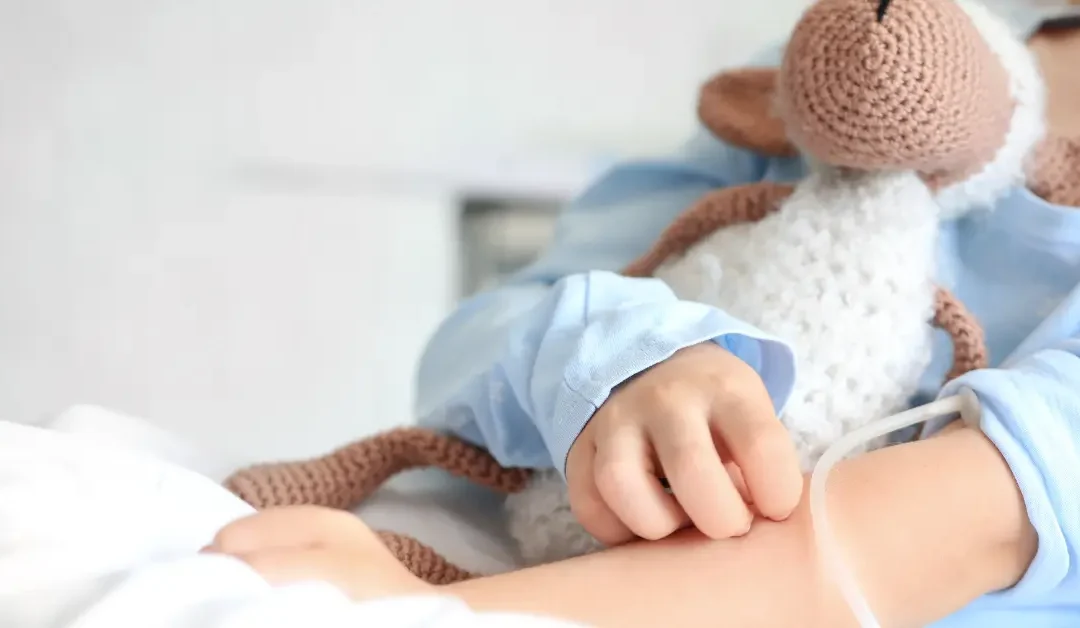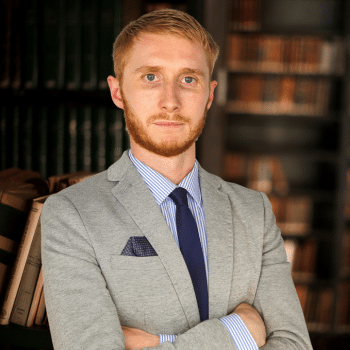The CHI hip surgery review has uncovered serious issues in paediatric care, prompting an apology from CHI and a commitment to reform.

Coleman Legal provides an overview of the history surrounding the Mother and Baby Homes in Ireland, beginning with the setting up of the Commission and up to and including the events surrounding the delivery of the Commission’s long-awaited report and the controversy surrounding it.
To appreciate how, and more importantly, why there is such controversy over the findings in the report, we must go back to the formation of the Commission and its terms of reference.
The terms of reference are the roadmap within which the Commission was to navigate its work. This gave authority to the Commission to carry out its function, namely to investigate and to report its findings to the Government on the institutions and wider society at the time.
One of the many powers and objectives the Commission had was to set up a confidential committee. This was to operate in tandem with the Commission and operated as a mechanism whereby survivors could give their evidence while remaining unidentified in the report
However, it later emerged that the commission gave little (if any) weight to the hundreds of accounts given to it by former residents of the institutions. This will be discussed in detail below.
In January 2021, the Commission of Inquiry into Mother & Baby Homes released its final report. A number of the findings and conclusions of the report have been marred by controversy and public outcry.
The long-awaited report took six years to be published. Following several controversial extensions, the Commission immediately set about seeking to close the book on this tragic and often cruel chapter of Ireland’s history.
However, it appears that the members of the commission and indeed the government failed to appreciate immediately just how significant some of the omissions in the report are or were to become soon after.
The omissions discussed in this piece go to the root of the findings of the report and place a serious question mark over its credibility and, indeed over a significant number of its conclusions. The Commission failed to appropriately manage communication to and with the survivors, particularly when it came to the testimony given to them over the years.
That coupled with their refusal to appear before the Oireachtas, have rightly cast a significant shadow over not only the individuals who made up the Commission, but also the Government itself. In this piece Norman Spicer, a solicitor representing a number of survivors discusses the problems with the report and provides an update on where things stand at present.
We have more than 30 years of collective experience pursuing claims for those affected by the legacy of Ireland’s shameful past. One of the reasons the Commission was set up was due to the considerable efforts of local historian Catherine Corless.
Ms. Corless first raised the alarm regarding deaths and burials on the grounds of the former mother and baby home that was operated by the Bon Secours order in Tuam Co. Galway.
The Commission was made up of 3 members. These included Judge Yvonne Murphy (Chair), Professor Mary Daly (Retired Professor of History), and Dr. William Duncan (retired Professor of Law). It took almost 6 years to deliver its report at a cost of around €13.5 million.
The report was delivered on the 12th of January 2021 [1] after several delays.
Coleman Legal has been working with many clients over the past five years who have been residents in Mother and Baby Homes and County Homes, both as mothers and as children.
We are currently liaising with our clients on the recent announcement and are reviewing documents received from our clients. Anybody who has not filled out paperwork will be asked to do so. These forms can be emailed or posted out to you for convenience. This will allow us to get your paperwork ready so that no time is wasted when the scheme opens. We will prepare your application to the Scheme on your behalf and submit it to the State body administering it.
It is also important to note that if you wish to take up a copy of any records from your time in the institution you can do so by contacting Tusla at this link
Solicitors
84 Talbot Street, Dublin 1
D01 YX60
DX 112002
Contact Details:
Free Phone: (1800)844104
Fax: (01) 5312727
Email: [email protected]
Web: www.colemanlegalpartners.ie
Online Enquiry Form: Apply
Tell us about your case

Senior Solicitor
(1800) 844 104
[email protected]
”Norman Spicer is the lead solicitor assisting members of the survivor community with all matters surrounding the mother and baby homes redress and adoption.”
Below is a timeline with links to the various reports and articles discussed in the piece.
The Commission of Investigation is established and is chaired by Judge Yvonne Murphy. The Commission is set up to examine records from 14 mother and baby homes and 4 County homes. The Commission has a final report deadline of February 2018.
The first interim report is published.
The first test excavation takes place at Tuam.
The second interim report is published.
The Government approves a 1-year extension for the Commission to deliver its final report. The new deadline is now February 2019.
Coleman Legal initiate proceedings on behalf of a former child resident of St Patrick’s Navan Road.
The final report of the Commission is released. It reveals some disturbing statistics that approximately 15% of all infants who spent time in the homes died. The immediate concern is raised about the limitations in the Commission’s recommendations. Namely, the recommendation by the Commission that mothers who entered the homes after 1974 when the unmarried mother’s allowance came on stream, should be excluded and that the duration of the stay which would give rise to redress should be 6 months.
It is believed by Norman that these two restrictions would bar entry to the scheme by many survivors of the mother and baby institutions and that it would be extremely unfair to do so.
Norman Spicer of Coleman Legal is quoted in the below piece raising these concerns.
The Taoiseach Michael Martin issues a public apology in the Dáil.
The Commission writes to the government advising of their intention not to appear before the Oireachtas.
Coleman Legal call on the State to ensure the congregations contribute to the redress scheme.
Alternative report findings are Published by academics and legal experts.
The restrictions in the Commission’s recommendations to Government appear to widened to include those who went in after 1974 and those who spent less than 6 months resident.